I’ve found The Secret Garden and it’s Mt. Cuba Center in Hockessin, Delaware. The one-time private estate is now a public garden and research center with nearly 600 acres of managed natural lands and another almost two dozen acres of gardens. I recently had the chance to visit Mt. Cuba Center with my husband and it was even more lovely than we had expected.
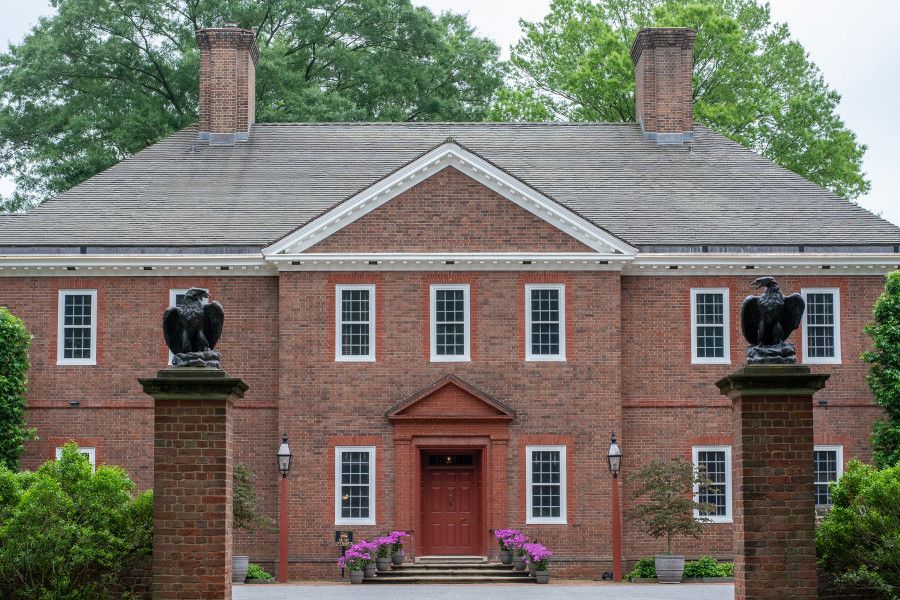
The History Behind Mt. Cuba Center
In 1935, Mr. and Mrs. Lammot du Pont Copeland purchased more than a hundred acres of farmland. There they built a home. Over the decades the couple acquired additional land and continued to create gardens on their property. Landscape designers like Thomas W. Sears, Marian C. Coffin, and Seth Kelsey all worked on these projects at one time or another. But as they continued forward, the du Pont Copeland’s always did so with the intent of creating naturalistic gardens.
Unlike nearby estates with a link to the du Pont family (such as Longwood Gardens and Nemours Mansion and Gardens), Mt. Cuba Center is not quite as lavish or indulgent. Don’t misunderstand: the couple clearly lived a more than comfortable life. But their passions were expressed in a more understated way, relatively speaking.
By the 1980s, Mr. du Pont Copeland had died. Within a few years, the ball started rolling on the creation of the Mt. Cuba Center as a foundation. And it was only five years ago, in 2013 that Mt. Cuba Center fully opened to the public.
A Visit to Mt. Cuba Center
From a pond with a gazebo that would inspire painter Claude Monet to gardens of every size, shape, and style, Mt. Cuba knows how to delight. The du Pont Copeland’s former home acts as a jump-off point for visitors. Beautifully restored, the home itself is a treasure. But even greater jewels await outside.
Directly off the home are carefully landscaped gardens that could inspire anyone regardless of whether or not you have a green thumb. Walkways are neatly lined with a variety of flowers and plants. Mt. Cuba is about so much more than just pretty flowers. There are fascinating plants of all types. The bees seemed especially fond of the purple flowers of the spiderwort. Planters offer inspiration for those of us with less area (or less patience). And when you least expect it, a small water feature pops up and leads to a really special sculpture, Samara Turning in the Wind by artist André Harvey. The sculpture is a 10-foot tall maple seed pod that would make any squirrel hungry. (Coincidentally you can see more of Harvey’s work at the nearby Brandywine River Museum of Art.)
Mt. Cuba is full of variation and that’s what makes it fun. True to the foundation’s goal of championing native plants, they do a lot of research. Visitors are welcome to take a walk through the Trial Garden. There you can see a dizzying array of variations of plants. For example, on my visit, there were hydrangeas that are small like ground cover while others have jagged leaves like a tomato plant. Visitors can vote for their favorites. It’s exciting to think that some of these plants may never be seen by the general public. If you’re especially interested, research reports are available in the house. Copies are free to take home. With some research projects lasting several years, it gives you a new respect for this work that we all, no doubt, appreciate.
Farther from the home are gardens that are more wooded. It reminds of the National Arboretum in Washington, DC. But the national garden is sprawling, hilly, and requires a car to really get around. Mt. Cuba is more nicely curated and cared for, not nearly as hilly (although there are some gentle hills) and, of course, that native plant focus.
But it isn’t just plants that are thriving at Mt. Cuba. The animals sure seem to like it there, too. During my visit, I had the chance to see dozens upon dozens of migrating baby toads along the property’s pond. No bigger than a nickel, you had to walk slowly to give them the right of way, so to speak. Not far away we stumbled upon a baby painted turtle.
Remembering the Value of Native Plants
As the bees and butterflies start disappearing and favorite trees continue to be taken by pests, the focus on native plants becomes that much more important. And obvious.
Whether you just want to walk through a beautiful garden or expand your knowledge of local plant varieties, Mt. Cuba Center is a special place. And a well kept secret. Well, at least for now.
Tips for Visiting Mt. Cuba
While Mt. Cuba Center is large, it’s easy to see all of the gardens in a couple of hours. But there’s no reason to rush. There are a lot of benches available for rest or reflection.
Unfortunately due to the nature of the region and the gardens, there were a lot of mosquitoes on our visit. I would recommend wearing long sleeves or using bug spray. In addition, be sure to remember to wear comfortable walking shoes.
Mt. Cuba also actively encourages visitors to picnic. They have a dedicated picnic area and even offer loaner blankets for use on the lawn. I think that’s a really great idea! Consider bringing a lunch. You won’t regret it!
Getting There
Mt. Cuba Center is in Hockessin, Delaware, just outside of Wilmington. There is free parking available on site.
Mt. Cuba Center, 3120 Barley Mill Road, Hockessin, DE
Thanks to Mt. Cuba Center and the Greater Wilmington Convention & Visitors Bureau for hosting me! All opinions, as well as all photos, are my own.
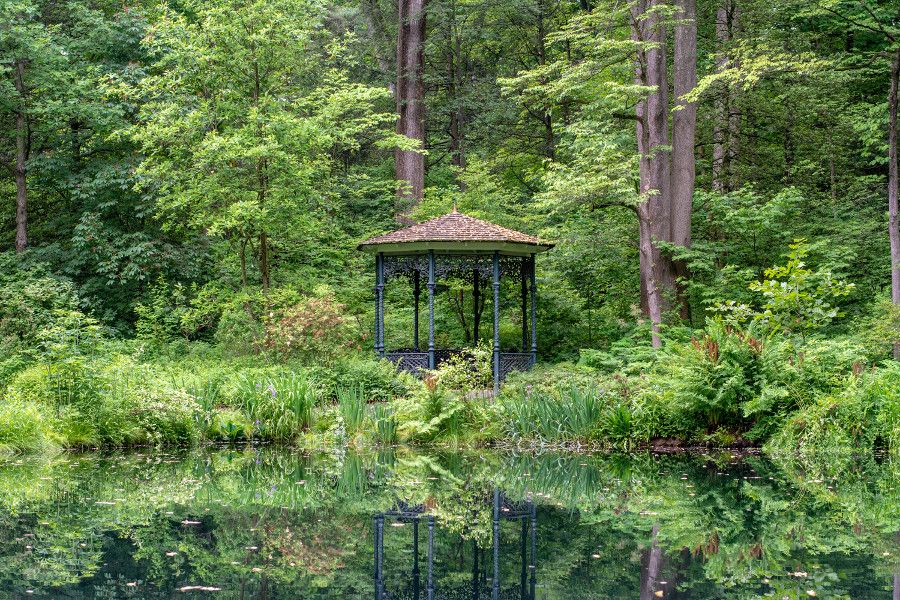


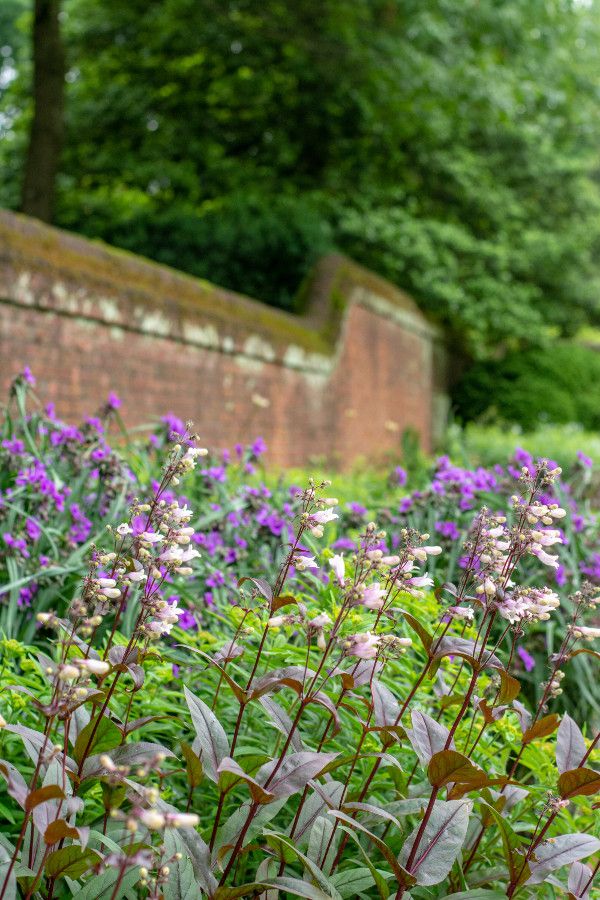
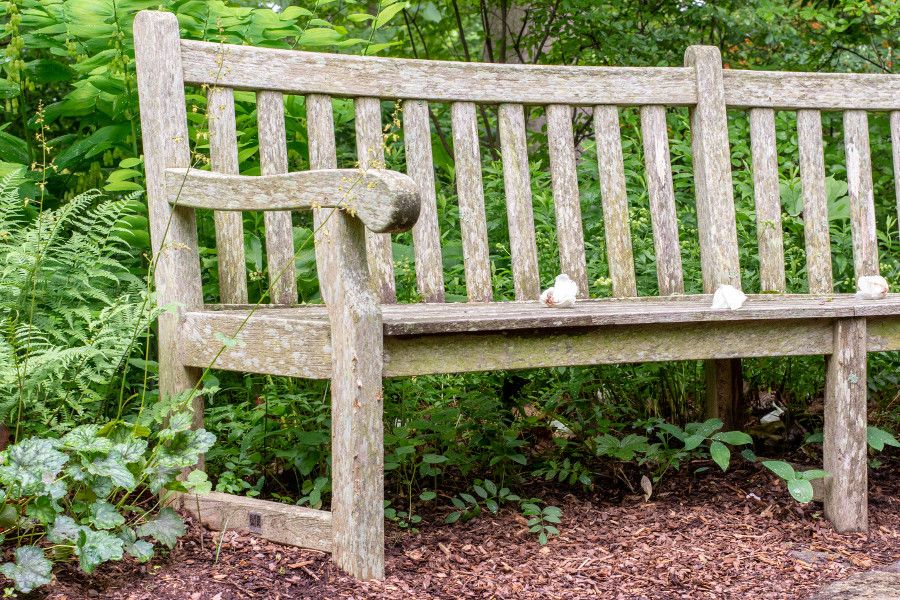


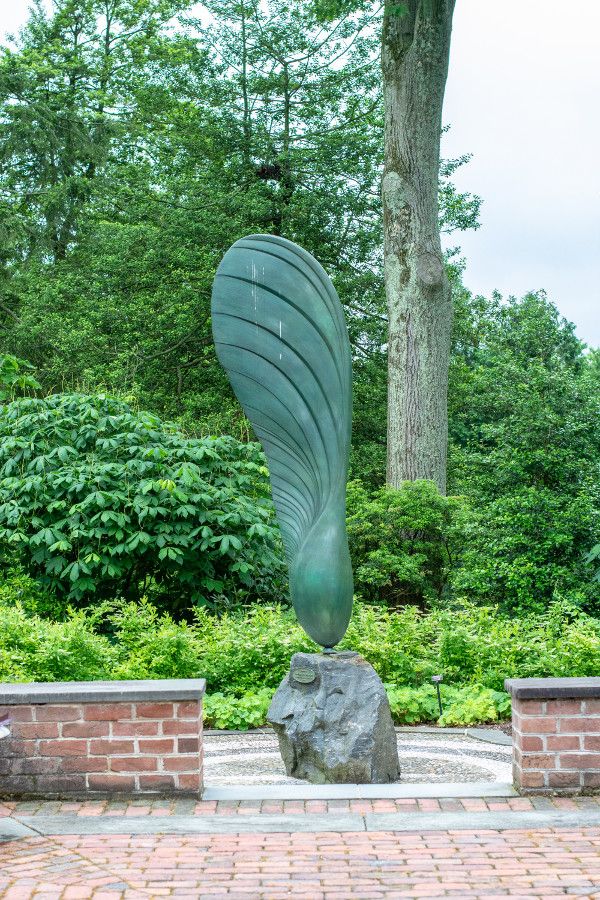




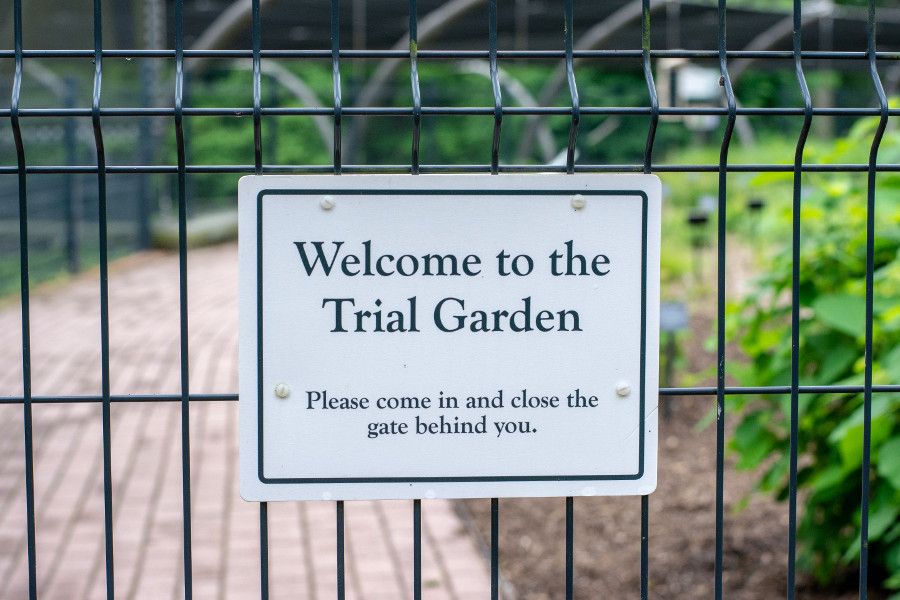

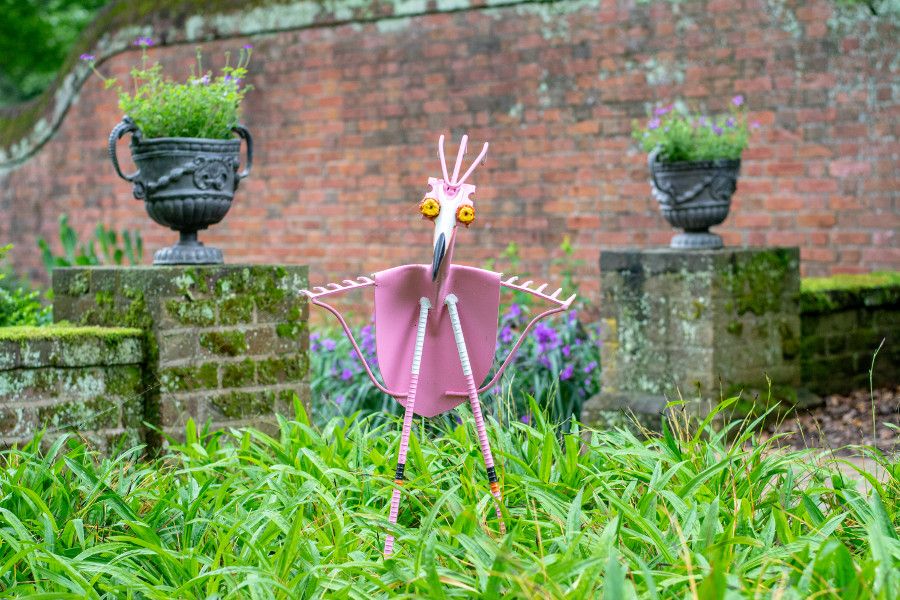

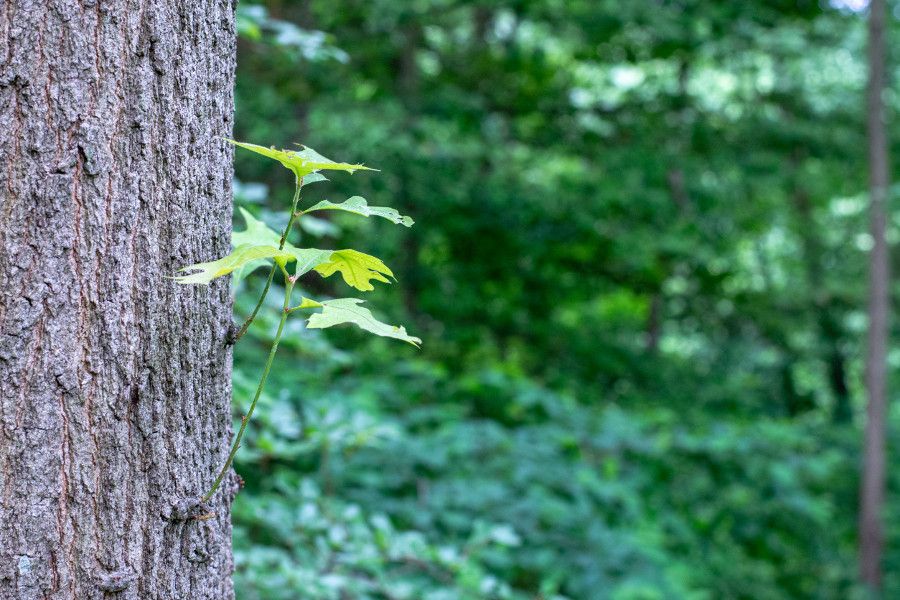


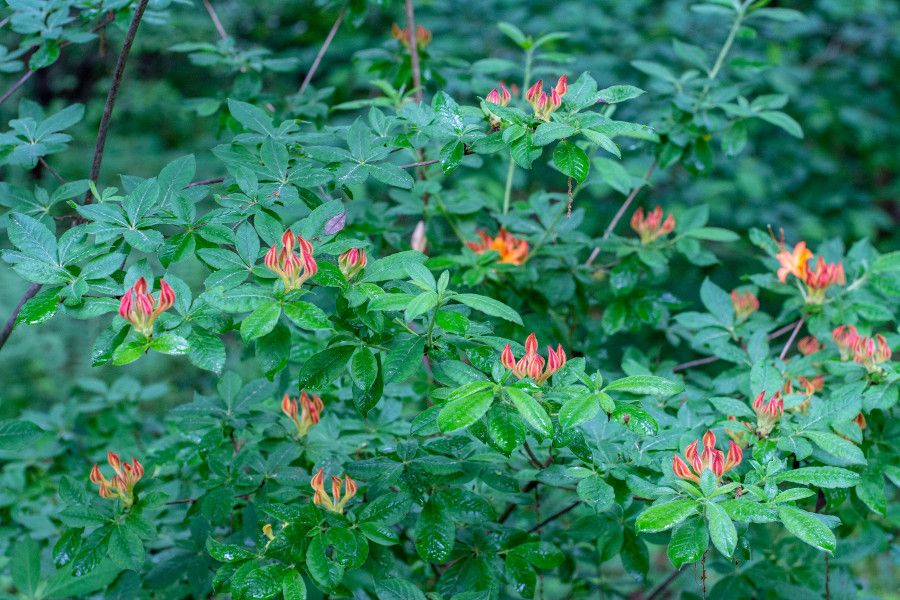




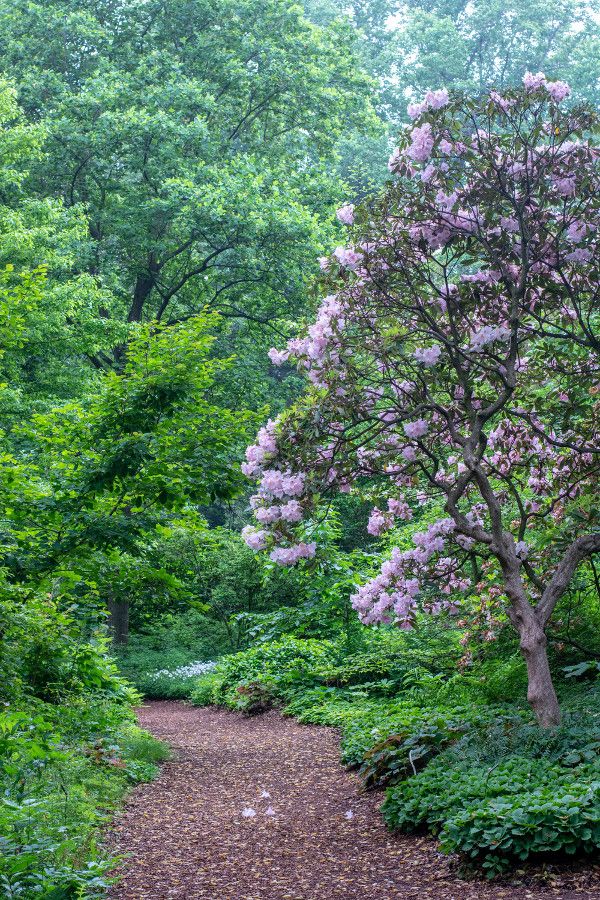
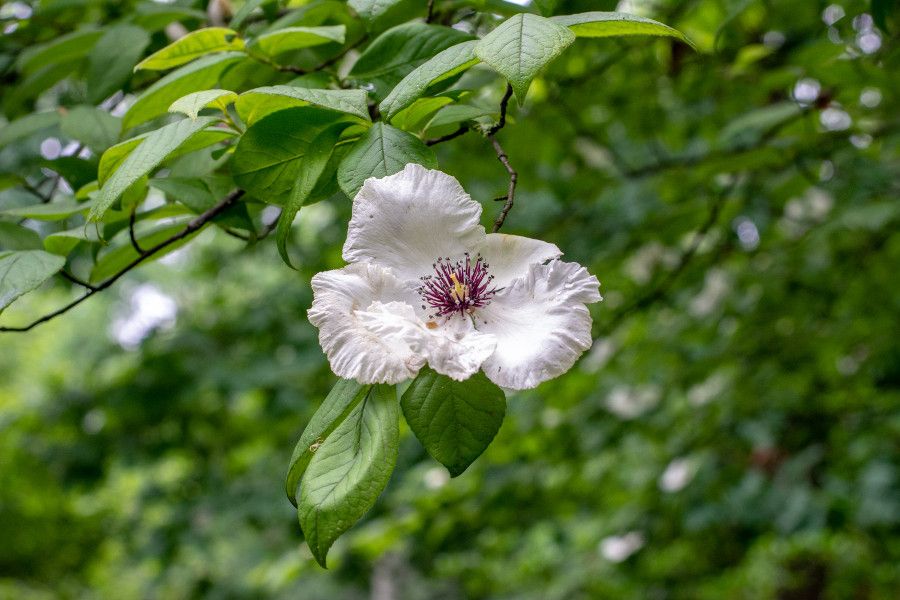
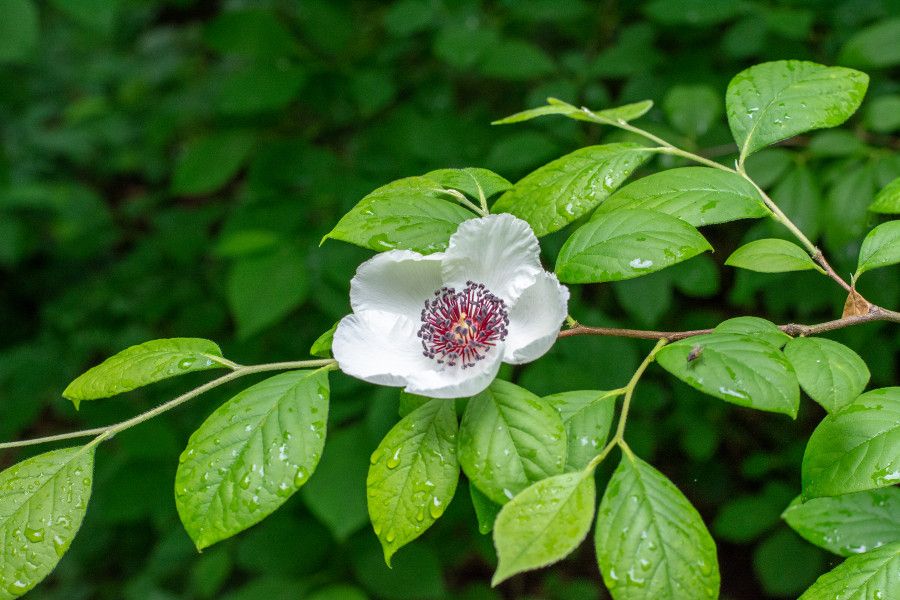


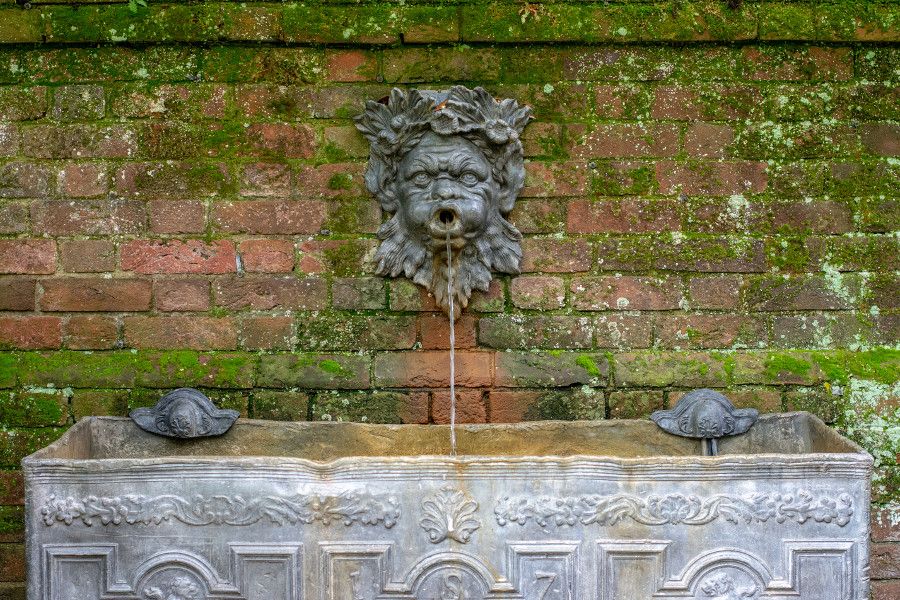

This is beautiful and it’s amazing as to what you can find in your own backyard!
This looks like the perfect place to spend an afternoon in the spring or summer! I love the idea of doing a picnic there 🙂
What a neat garden, surprised to see the turtle. Thanks for the tip about mosquitos.
This is stunning! I haven’t done a lot of Delaware but im always on the east coast so i am definitely adding it to the list. What an incredible place to spend a few hours. Thanks for the inspiration!
This place looks so peaceful and serene. I think I’d never want to leave.
Very good information, planning a trip to the East Coast this fall and really would like to include this stop. Thanks again